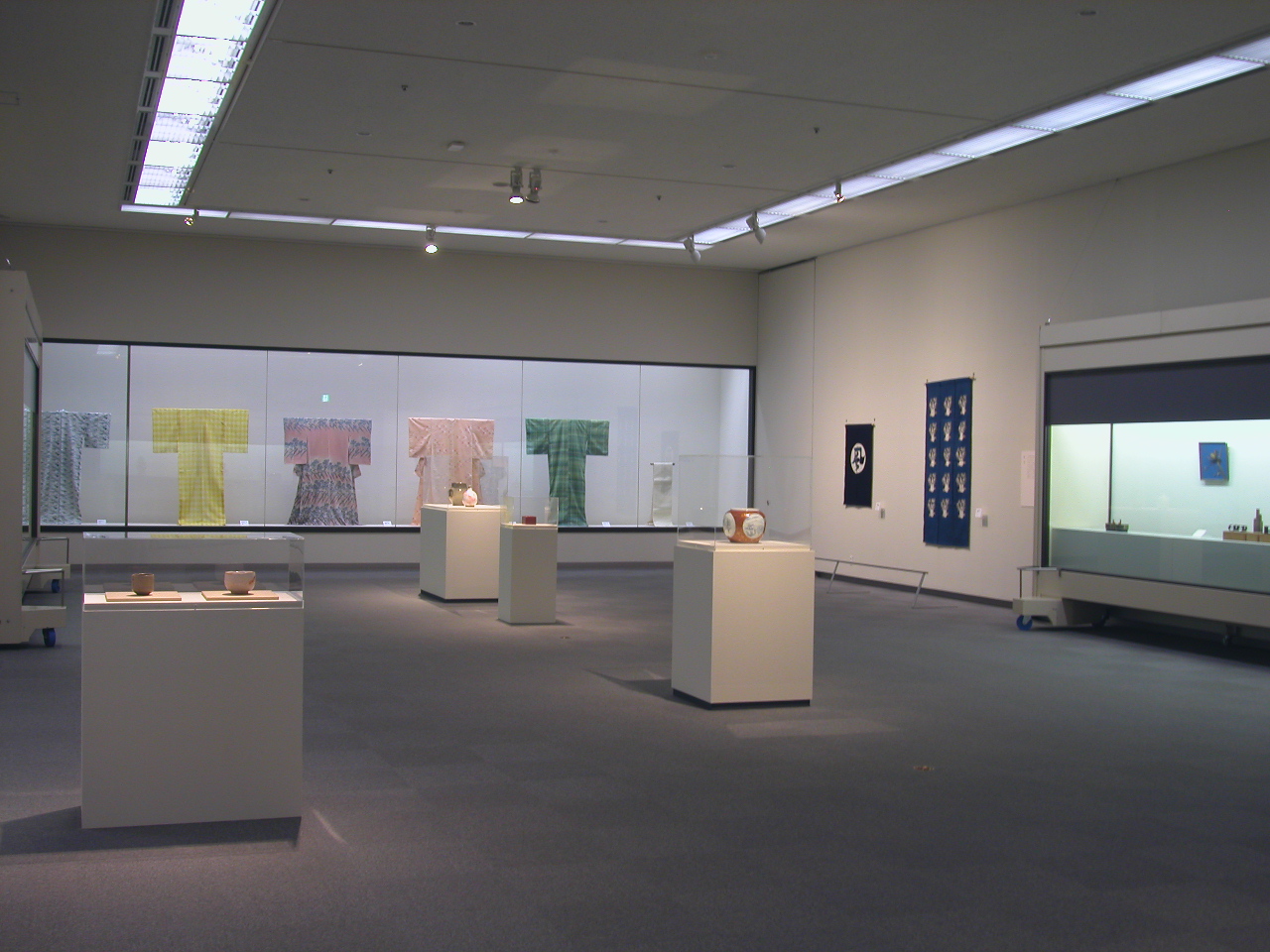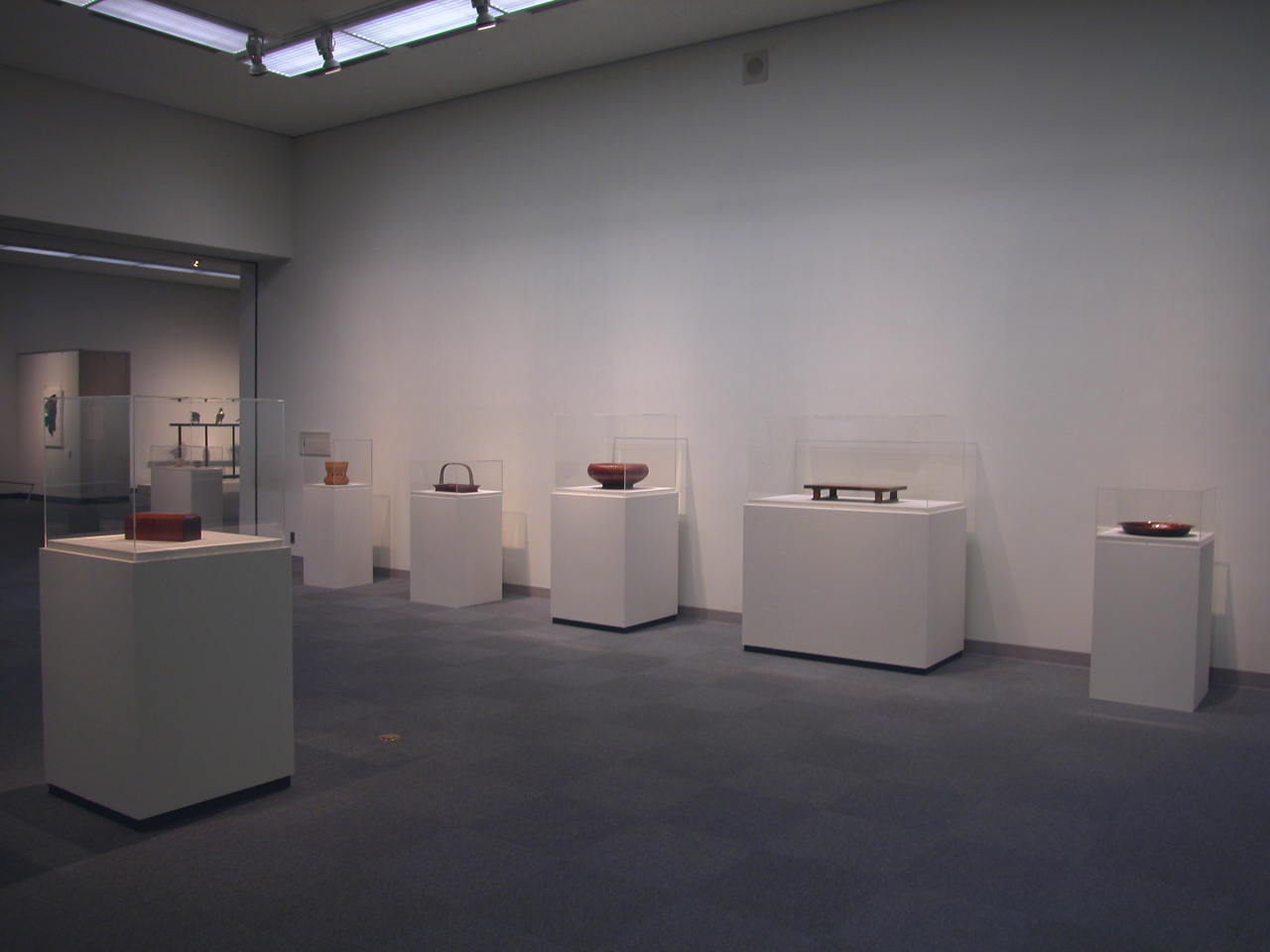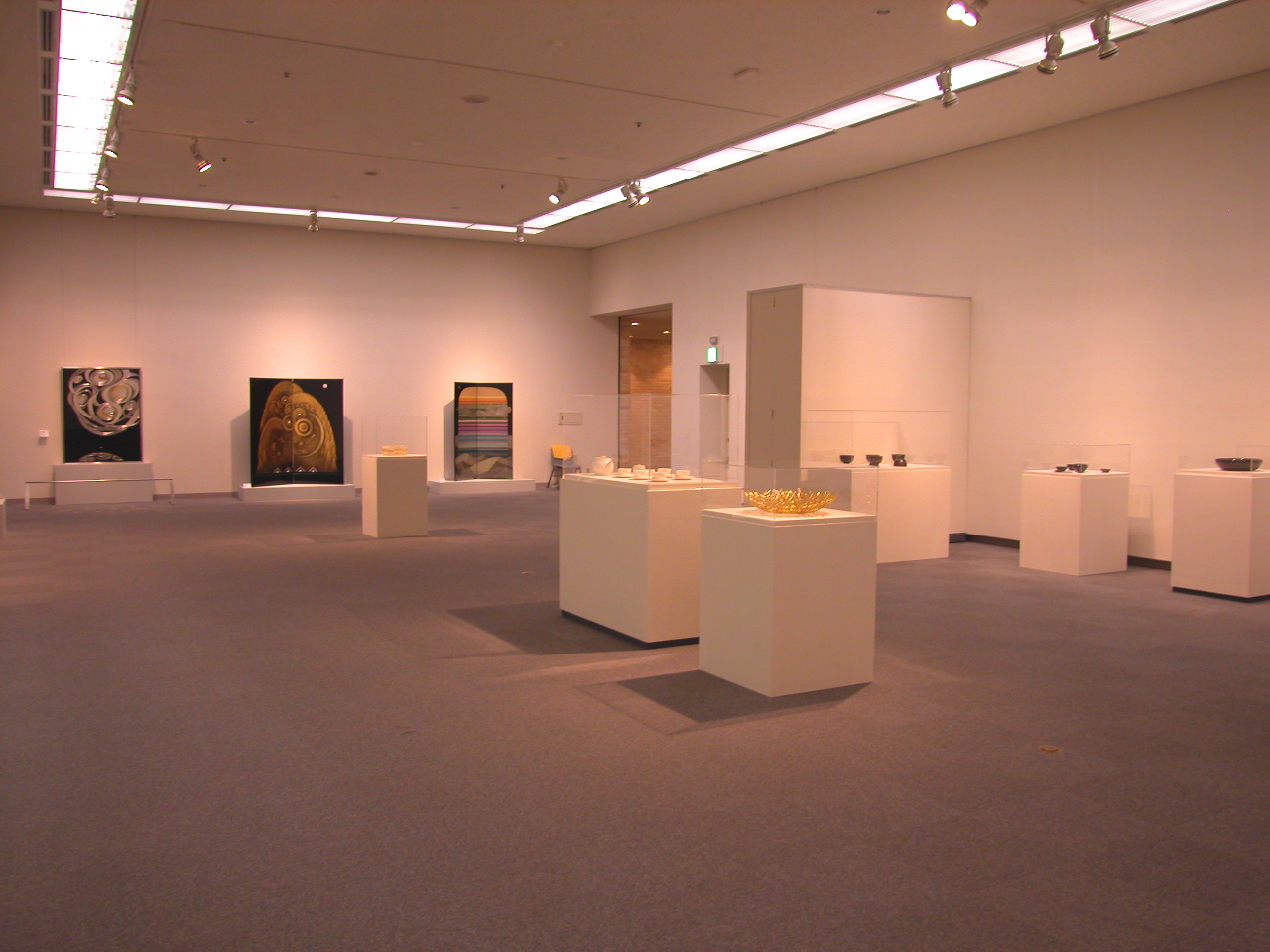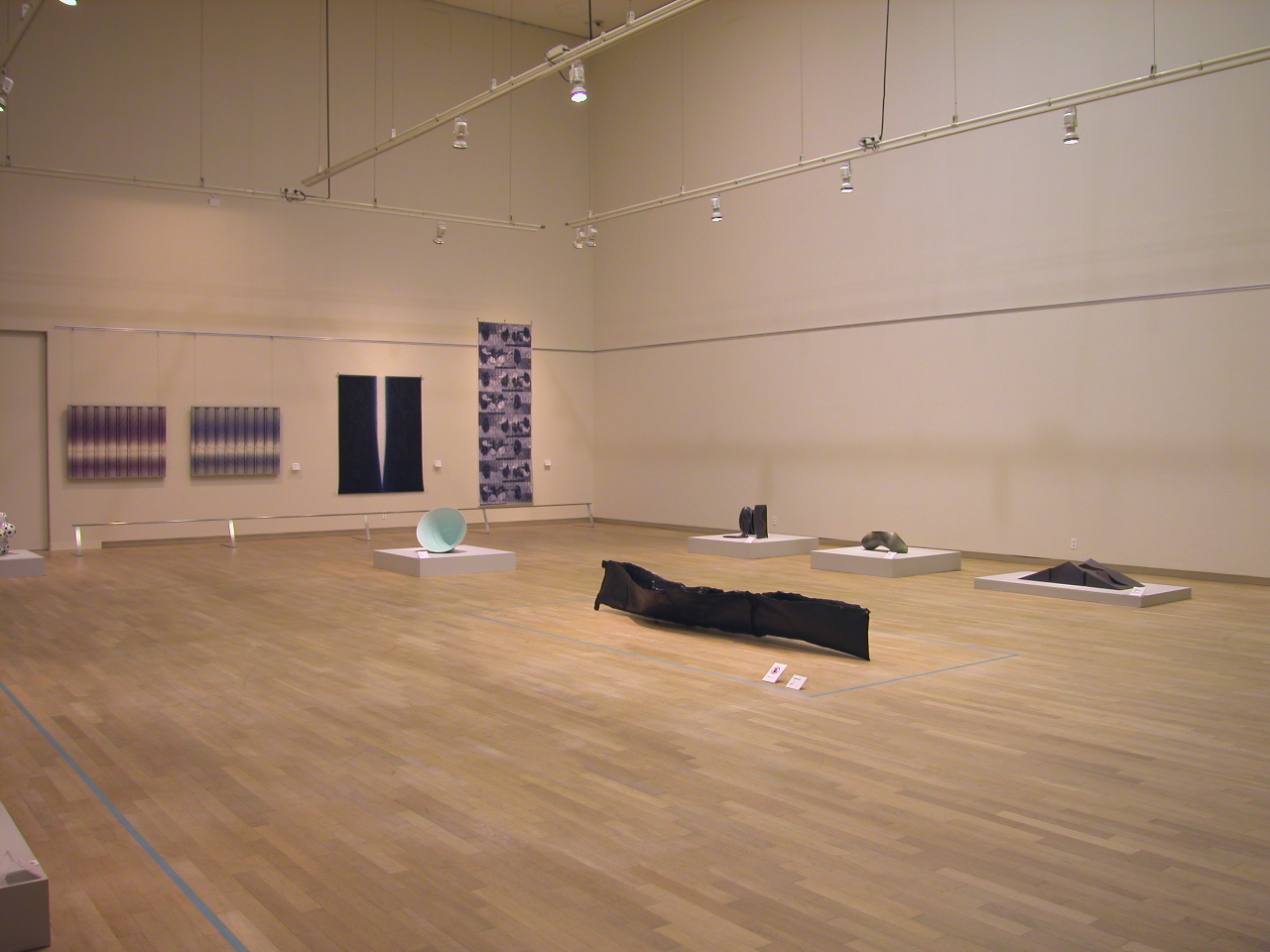History of Japanese Modern Handicrafts
Selected Works from the Collection of the Tokyo National Museum of Modern Art
|
26 April to 8 June 2008 Hours: 9:30a.m.- 5:00 p.m. Admission: |
|
|
Japanese modern handicrafts have developed, preserving fine skills that have been cultivated for a long time, at the same time searching for what it should be in modern times. A path that it has traced was not even because it was involved in the way of thinking about arts, problems about materials and life and industry. Therefore Japanese modern handy crafts have developed complicatedly and diversely. In the Meiji era, works centring on complicated and elaborated skills were made and they were exhibited at the Worlds Expositions and exported to abroad. About at the end of the Meiji era, the movement of “handy crafts as art”, in which handy crafters would make their works as not artisan but artist has come to light. Furthermore, they began to make works in the style of overseas such as Art Nouvau. Afterwards, there were various kinds of movements in the history of Japanese modern handy crafts. From the end of the Taisyo era to the first half of the Showa era, we can recognize strong influence of the Art Deco and, Constructivism and so on, which were very popular at that time. The movement of the revaluation of folk handicrafts took place around the time. After the World War II, various movement were mounted actively such as the Nitten which belongs to the school of the Kanten, government-supported exhibition, the Exhibition of Japan Traditional Handicrafts based on the law of preserving important cultural assets, Crafts centring on utility and new tendency for handicrafts as an objet d’art and so on. They formed trends of handicrafts in Japan after 1945. Nowadays, many artists create woks marked by their strong individualities and deeply pursue the meanings of handicrafts. This exhibition verify the many different histories of Japanese modern handicrafts based on the about one hundred works selected from the collection of the Tokyo National Museum of Modern Art. |
|
|
1st room 2nd room 3rd room 4th room |
|




